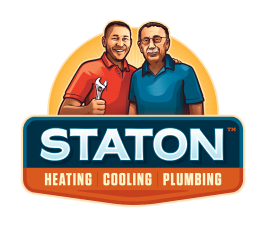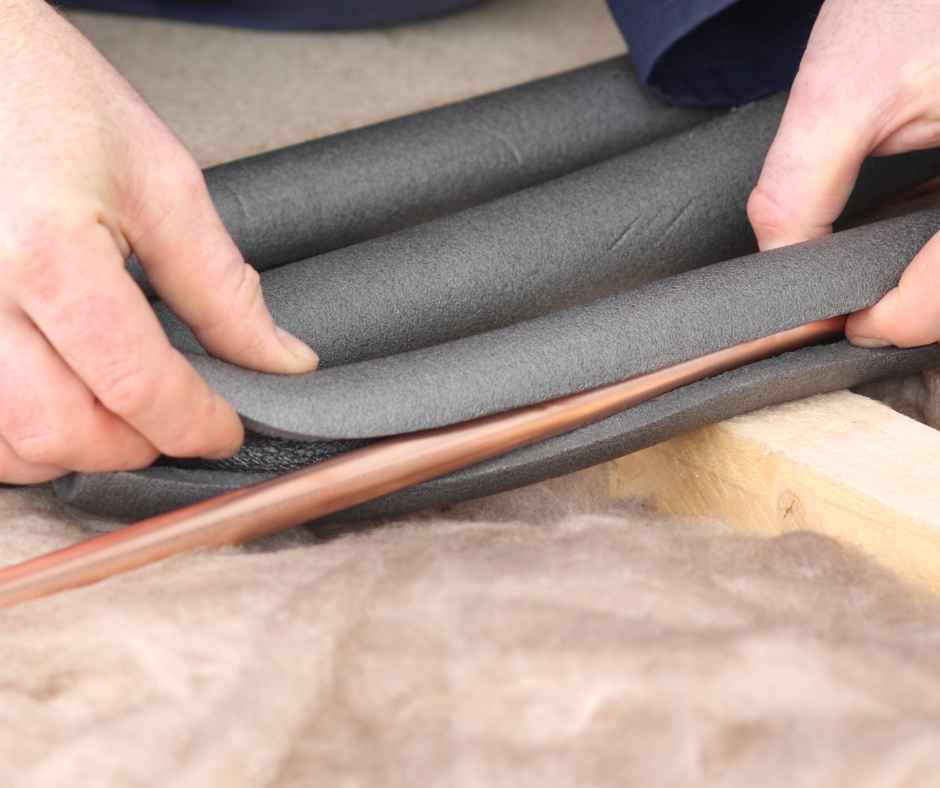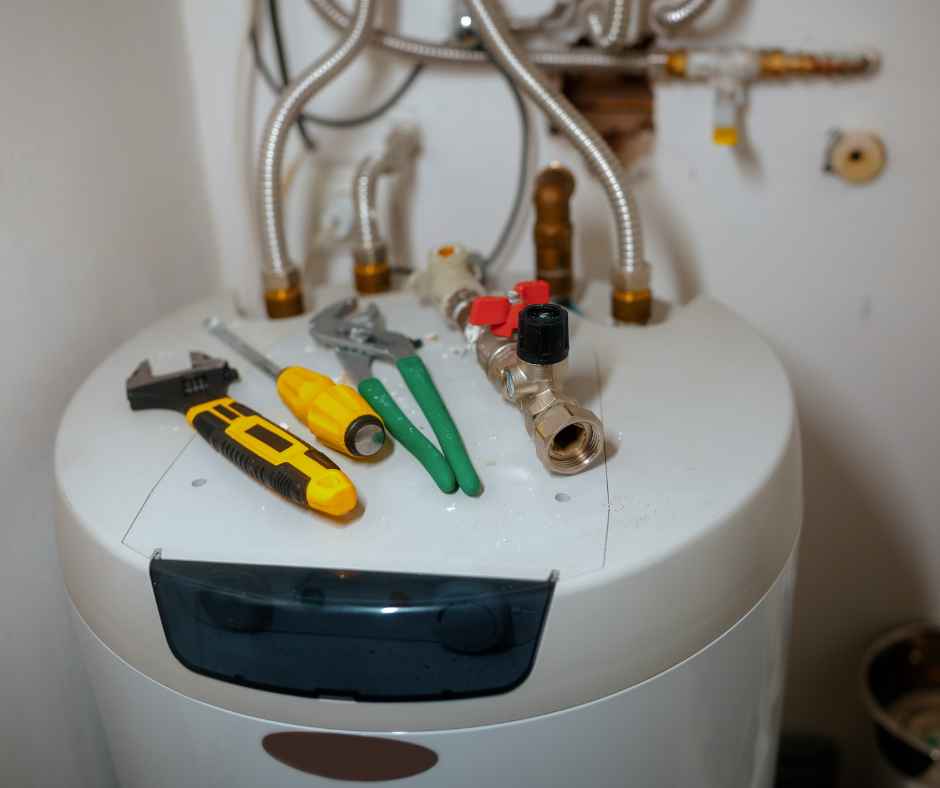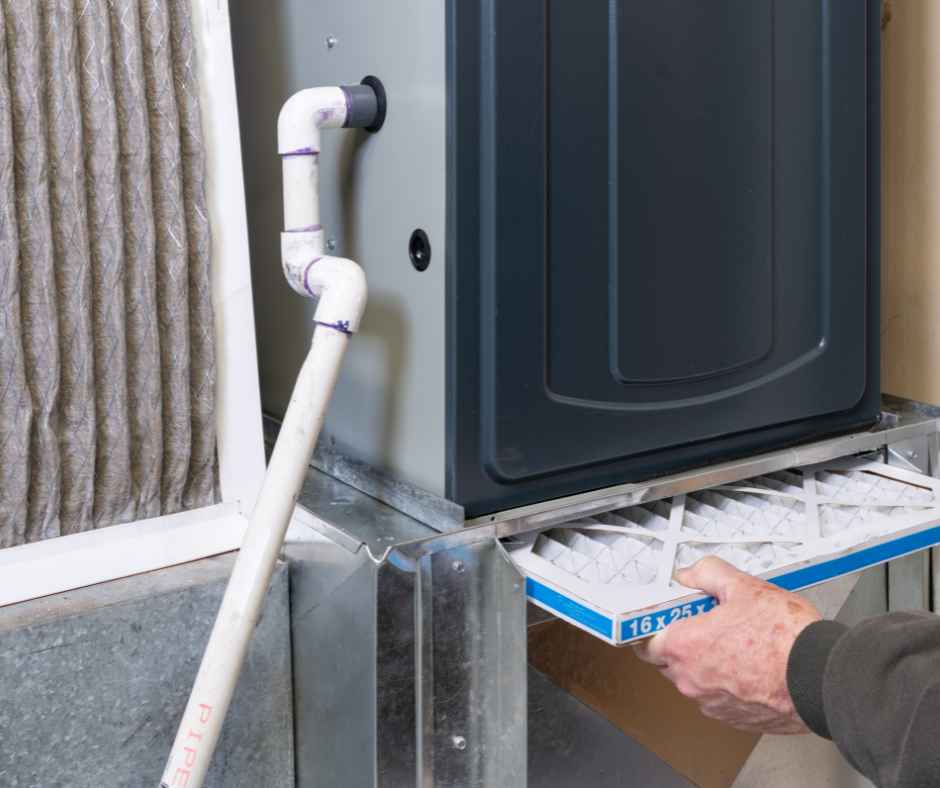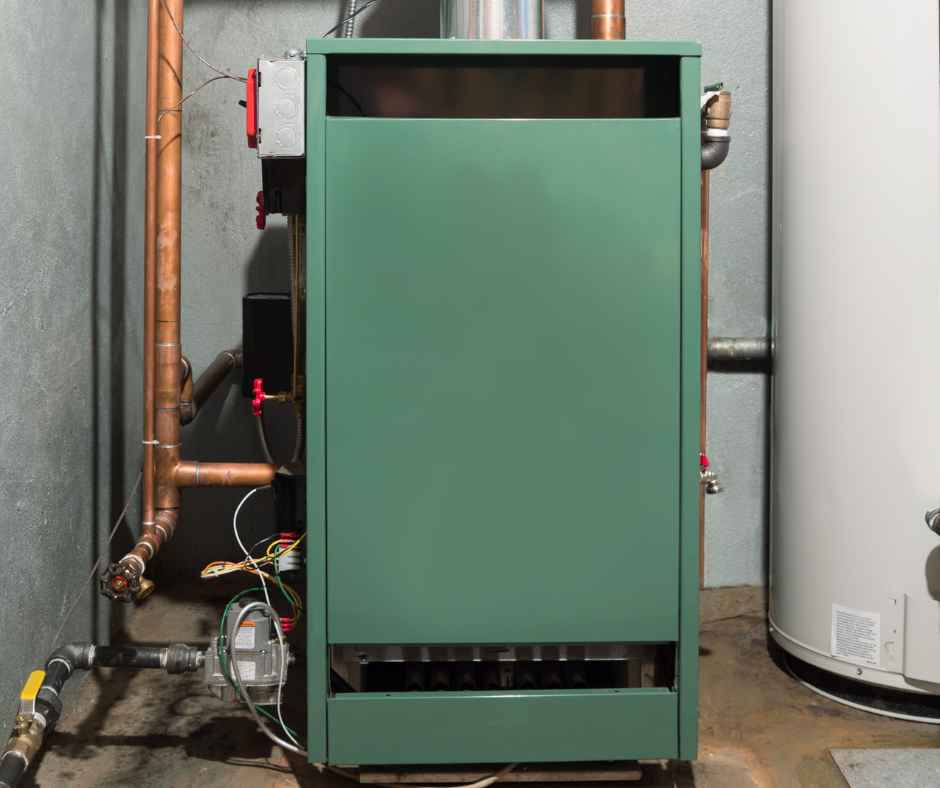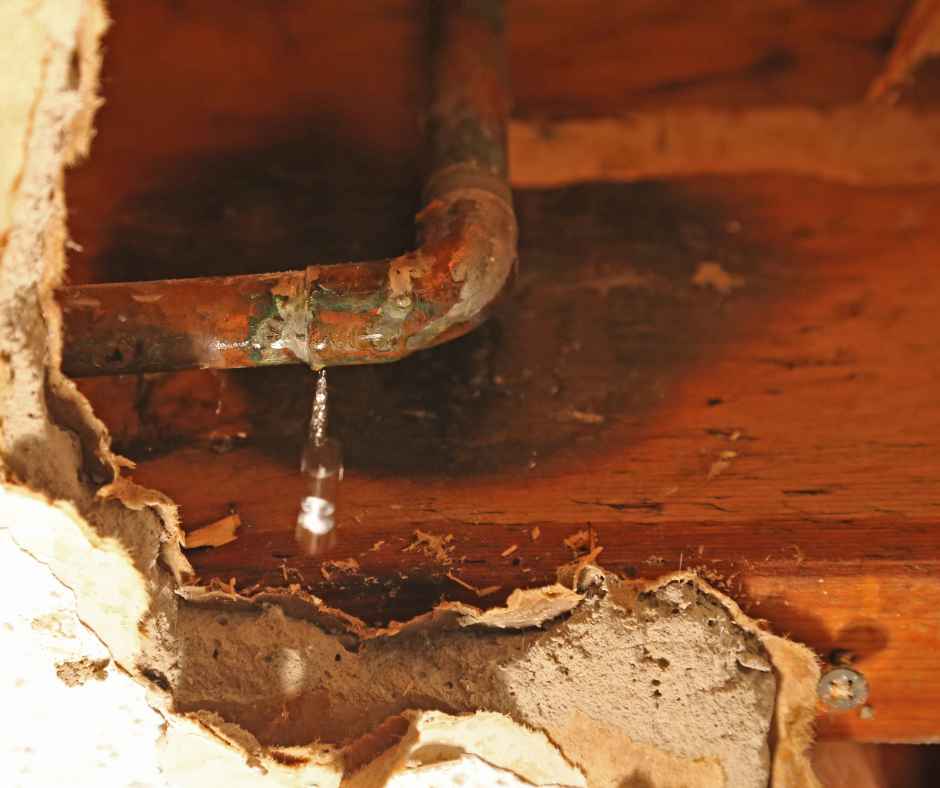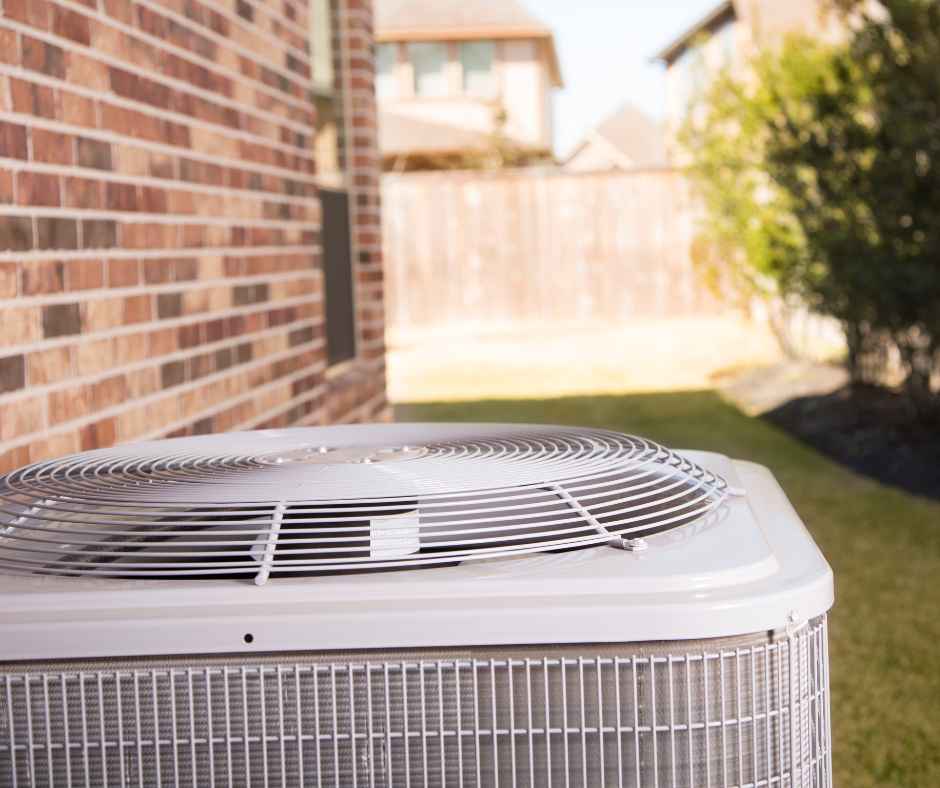Serving central Maryland & eastern shore
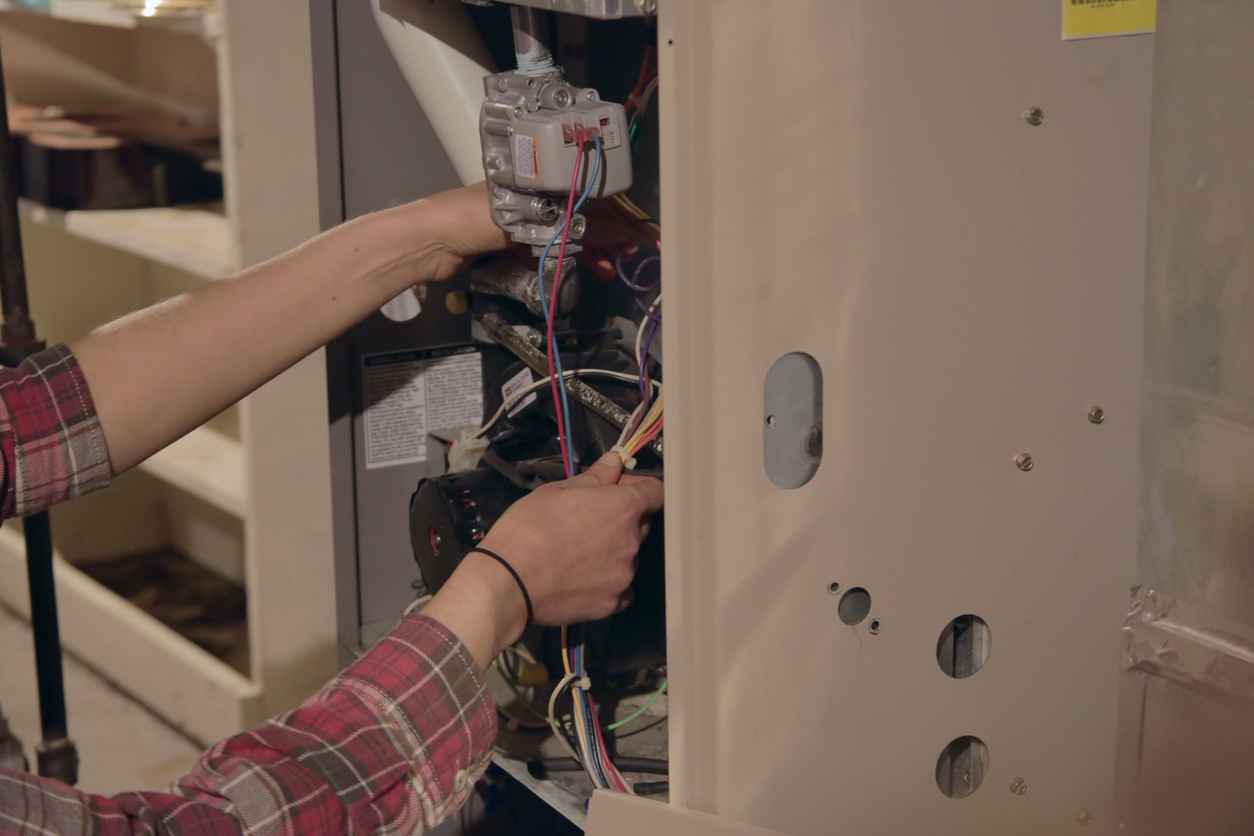
Why is My Furnace Leaking Water?
A furnace leaking water can be an unexpected and frustrating issue, especially during colder months when you rely on it to keep your home warm. If you notice water pooling around your furnace, it’s essential to identify the cause and address it promptly to avoid further damage. In this guide, we’ll explore the common reasons why a furnace might be leaking water and the steps you can take to fix it.
Common Reasons for a Leaking Furnace
A leaking furnace is more than just a nuisance—it could indicate an underlying issue that requires immediate attention. Here are some of the most common reasons for furnace leaks:
High-Efficiency Condensing Furnace
High-efficiency condensing furnaces are designed to produce a small amount of water as part of their heating process. These furnaces have two heat exchangers: a primary exchanger, which releases the majority of the heat, and a secondary exchanger, which captures additional heat from the exhaust gases. This process generates water vapor, which is then expelled through a condensate drain line.
Clogged or Blocked Drain Line
In both high-efficiency and standard furnaces, the drain line plays a crucial role in transporting water away from the unit. Over time, debris, mold, and mineral buildup can cause the drain line to clog, leading to water accumulation and potential leaks around the furnace. If you suspect a blocked drain line, cleaning it out may resolve the issue. However, if the line is damaged, it might need to be replaced.
Malfunctioning Condensate Pump
High-efficiency furnaces are often equipped with a condensate pump, which helps to push water through the drainage system and out of your home. If this pump malfunctions or fails, water won’t drain properly and may leak around your furnace. A faulty pump might need repairs or replacement to restore proper function.
Humidifier Leak
Many homes have whole-house humidifiers that are connected to the furnace to maintain humidity levels during the heating season. If the humidifier develops a leak or has a clogged water line, it can cause water to pool around the furnace area. Checking the humidifier and its connections can help identify whether it’s the source of the leak. If so, repairing or replacing parts may be necessary.
Improper Venting
Furnaces that aren’t vented properly can cause condensation to build up and leak. Venting issues often result from poor installation or damage to the venting system. A professional inspection can identify venting problems and help you understand the best solution to correct the issue.
Internal Furnace Issue
Sometimes, an internal problem with the furnace, such as a broken heat exchanger or a malfunctioning internal part, can cause water leakage. These issues can be complex and may require a professional HVAC technician to diagnose and fix. If you suspect an internal problem, contact a heating specialist to prevent further damage to the unit.
Preventing Furnace Leaks
Regular maintenance is the key to preventing furnace leaks. Schedule annual maintenance with a qualified HVAC technician to keep your furnace running smoothly and address any issues before they become major problems. Routine inspections can also help catch potential issues with the condensate drain, pump, or humidifier, reducing the likelihood of leaks.
Contact Staton Heating, Cooling & Plumbing for Furnace Solutions
If you’re experiencing furnace leaks or need maintenance to prevent future issues, Staton Heating, Cooling & Plumbing in Central Maryland is here to help. Our experienced team can diagnose and fix furnace problems to keep your home warm and comfortable all season long. Contact Staton Heating, Cooling & Plumbing today for reliable furnace services and solutions to all your heating needs!

